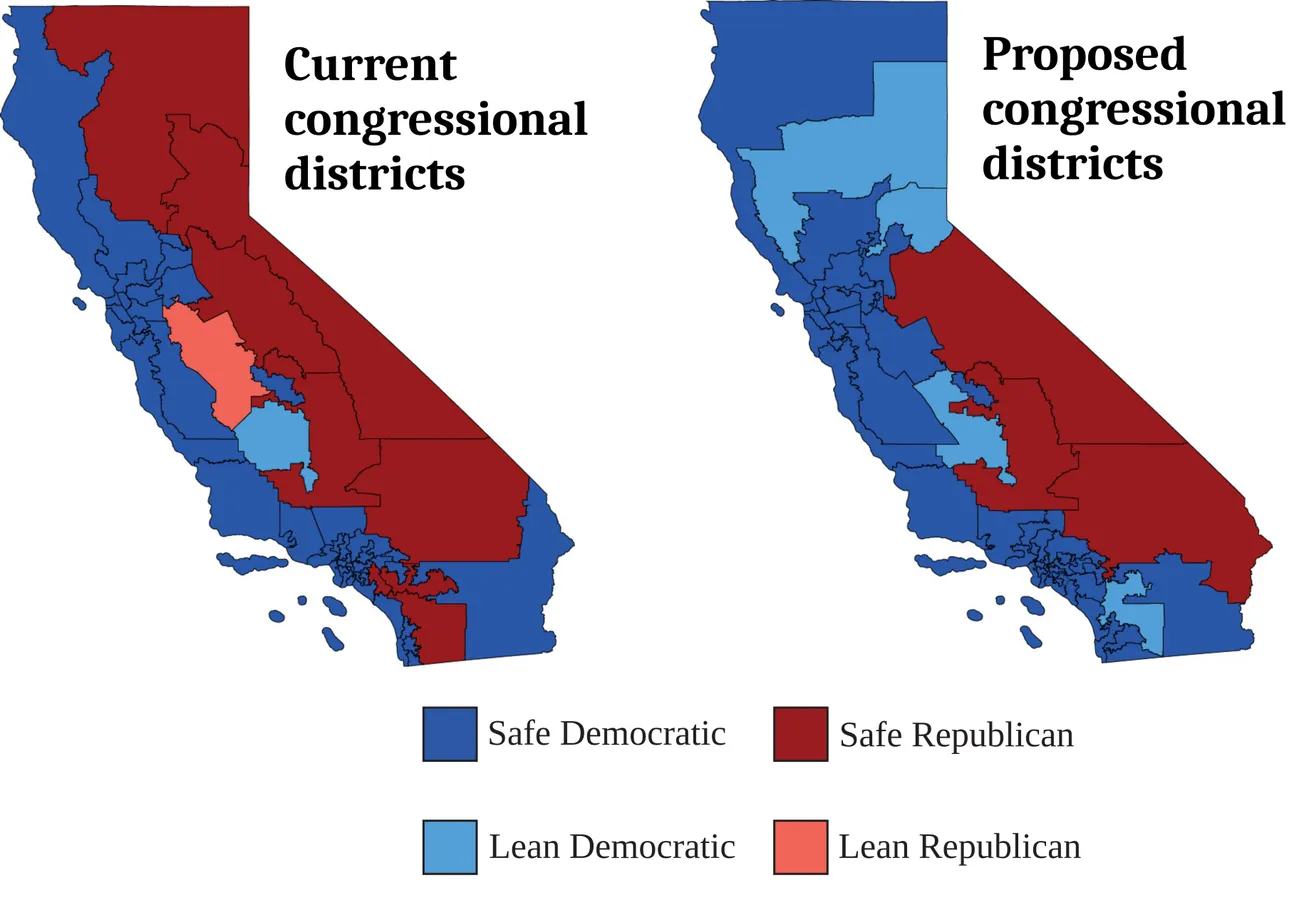Table of Contents
Stanford could soon have $160 million of research funding cut. The January 27th order from the Trump administration to freeze federal grants and aid, though now rescinded, as well as recent directives from the NIH provide a critical opportunity to examine Stanford University's reliance on federal funds and the purposes they serve. The Office of Management and Budget (OMB) had temporarily halted federal grants and loan disbursements, causing significant concern within academic institutions nationwide who rely on said grants for research and administrative purposes.
The Stanford Review has found that the federal government has given $1,006,117,770 worth of taxpayer dollars to Stanford largely in the form of research grants, though this number may discount other programs that funnel federal funds to Stanford that would further increase the total. These research grants are largely innocuous, such as $13,583,492 in funding to the Stanford Diabetes Research Center from the National Institute of Health and $4,067,549 in funding for nano-photonics enhanced solar cells from the Department of Energy.
In response to the OMB's memorandum, Stanford President Jon Levin along with Provost Jenny Martinez and Vice Provost and Dean of Research David Studdert issued a statement to the university community. They acknowledged the memorandum's broad scope and the uncertainty surrounding its implications. However, they advised that, based on their initial assessment, it was not necessary to pause federally funded research activities at Stanford at that time, emphasizing that faculty, staff, students, and postdoctoral researchers should continue their normal activities unless a specific cease-and-desist order had been issued by a federal funding agency.
In a recent note, Dean Studdert further stated that, “Federal research funding is absolutely critical for Stanford and for the daily work of hundreds of our faculty and their teams,” again underscoring the need for clarity into the purpose of federal dollars at Stanford.
Adding to the broader discussion of federal funding vulnerabilities, Stanford's administration has raised concerns about a new policy proposal that could significantly impact research funding. On February 8, Provost Martinez, Dean Studdert, and Dean of the School of Medicine Lloyd Minor issued an email to faculty and staff regarding the National Institutes of Health (NIH) announcement of a proposed cap on indirect costs associated with research grants.
Under the new NIH policy, indirect costs—also referred to as "facilities and administrative" costs—would be capped at 15%, a steep drop from the going rate of 50%. Per Stanford’s February 8 email, these costs support essential research infrastructure, including laboratory space, scientific equipment, and research computing at Stanford. If implemented, this cap would go into effect today, February 10, and could result in a reduction of approximately $160 million per year in NIH funding for Stanford per the email.
This funding cut would have significant implications for medical research at Stanford. The reduction in indirect costs would hinder the university's ability to maintain the research infrastructure necessary for groundbreaking discoveries.
The temporary funding freeze serves as a reminder of the potential vulnerabilities inherent in heavy reliance on federal support.





